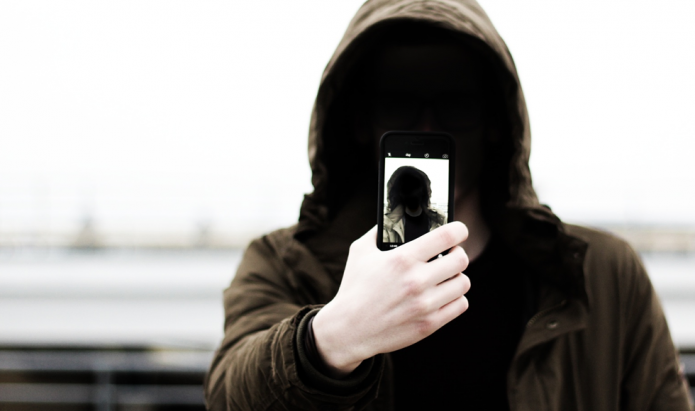It’s always interesting when governments get behind a technology push. Whether it is adopting drones to deliver medicines in Africa, or Singapore planning on adopting driverless shuttle buses for closed communities. What caught my eye this week was India’s push to mandate the provision of a physical Panic Button for all mobile phones that are sold from 2017 onwards.
A panic button is a dedicated button that users may press to alert a family member or police station if a person’s life is in danger. Till date to the best of my knowledge India doesn’t have the kind of infrastructure that an emergency call number like 911 has in the United States. Instead there are separate numbers for fire, police and emergency, all of which will move to the consolidated national emergency number. The fact that I know what 911 is, is a testament to the fact that it has been so well covered in fiction and on tv. It was even the subject of the thriller The Call with Halle Berry. Talks are on their way to implement a 122 number similar to 911. An important element of the entire infrastructure to protect people, the panic button is the first touch-point for the end user. The idea of having such a panic button is said to have been espoused by Maneka Gandhi, minister for women and child development, last year and has been championed by India’s telecom minister Ravi Shankar Prasad.
While this is a bold move one wonders how cell phone manufacturers will actually be able to implement this in a span of just eight months. One would think that phones pegged to be sold next year would already well on its way in the entire manufacturing cycle. Added to this is the mandate that all phones must come with GPS capabilities from 2018 onwards. This makes sense and goes hand in hand with the panic button. How else would cell phone manufacturers be able to pinpoint where exactly the panic button was triggered from. While there have been many apps released in India that provide panic button features, this move will provide a more unified and co-ordinated approach.
One obvious solution I can think of is having phone manufacturers release software patches to turn one of the phone’s physical buttons into a panic button. Feature phones with numeric keypads will either have the 9 or 5 key allocated for a speed dial function that dials the panic number even if the phone is locked. Smart phones may have to rely on either the home button, volume buttons, camera button or the power button. One doesn’t think that this would prove to be too problematic. Apple has had an emergency call feature on its phone since the iPhone 3Gs. The challenge though is access. In the 3Gs you have to press the power button, slide unlock and then hit emergency call. Too many steps if you are facing dire circumstances. Whatever feature is implemented it will have to be a two-step activation to prevent an accidental trigger. Speed dials have always been prone to an accidental ring once in a while. We wouldn’t want a universal help number being choked up with such mistaken calls while real calls go unattended.
With the cost of these features to be an additional cost of approximately Rs 400 it has to be said that for a majority of Indians who are striving to make ends meet, this could be interpreted as an expensive feature. That said I don’t believe that it will be a true hindrance at all. What would really be interesting would be to have some kind of panic button that can work even when there is an overload on cellular towers. Take a natural or man-made calamity like the floods in Mumbai or Chennai or during times of riots or terrorist attacks. Would we have the necessary infrastructure to deal with the peak of calls and cries for help? It would definitely aid the National Disaster Relief Forces be able to sync well into a universal help number and be able to co-ordinate relief effort. One also wonders how such a number could be misused in many ways. Prank calls. Defamation. I’m sure we can learn a lot from how the US 911 calls deal with such issues.
The implementation of a panic button is just the first step. The question though is whether this is a chicken and egg scenario. Should the universal helpline number and the necessary infrastructure, personnel talent and processes of integration with police, medial and fire services come first, or should we be rushing to implement a panic button first? Something for the policy makers to think about in tandem. This is undoubtedly a big step and the move in the right direction with the caveat that every missed panic call or alert due to teething problems may cost lives. Which reminds me of Kevin Costner’s dialogue from the movie The Guardian. The only number that counts is the number of people you don’t save. For now we will watch and see how it pans out.



